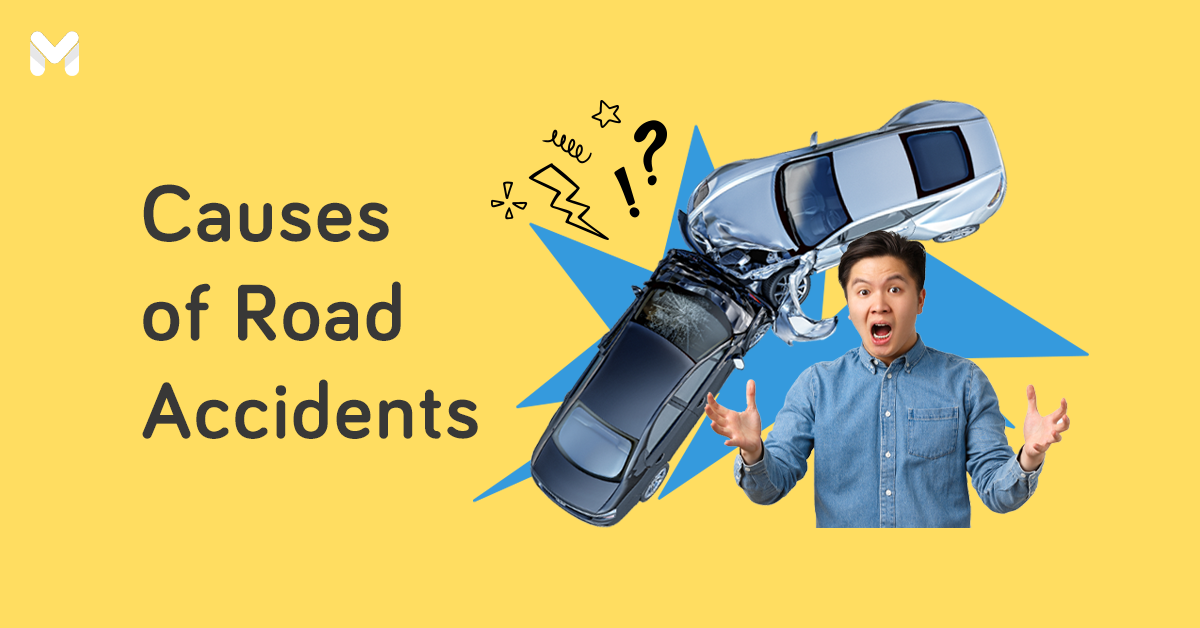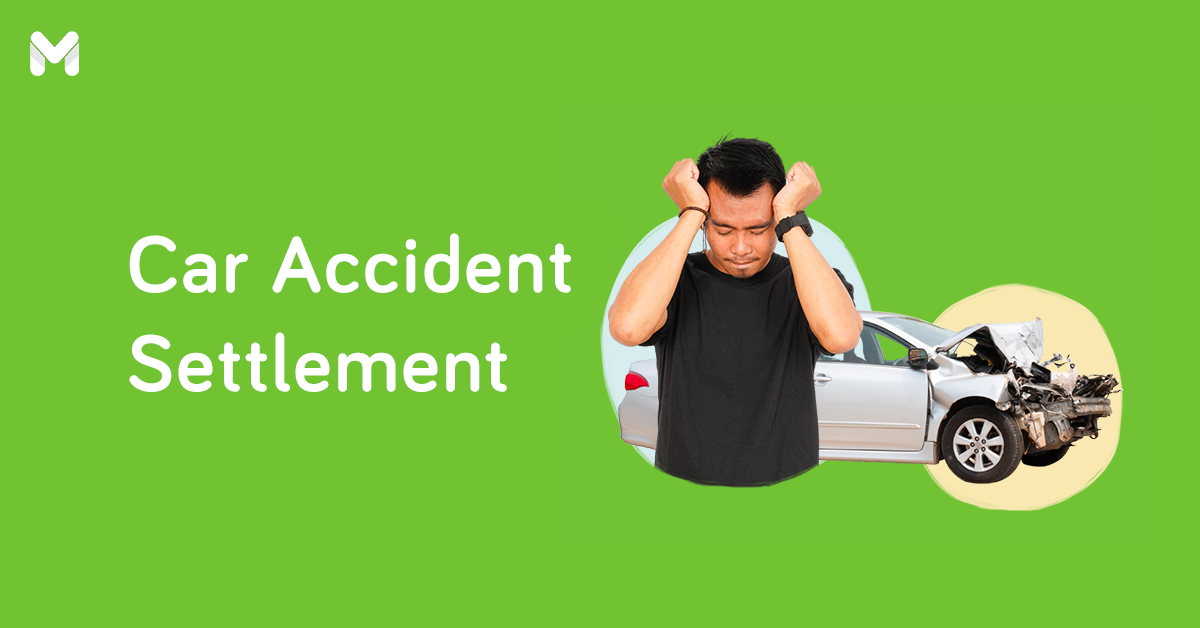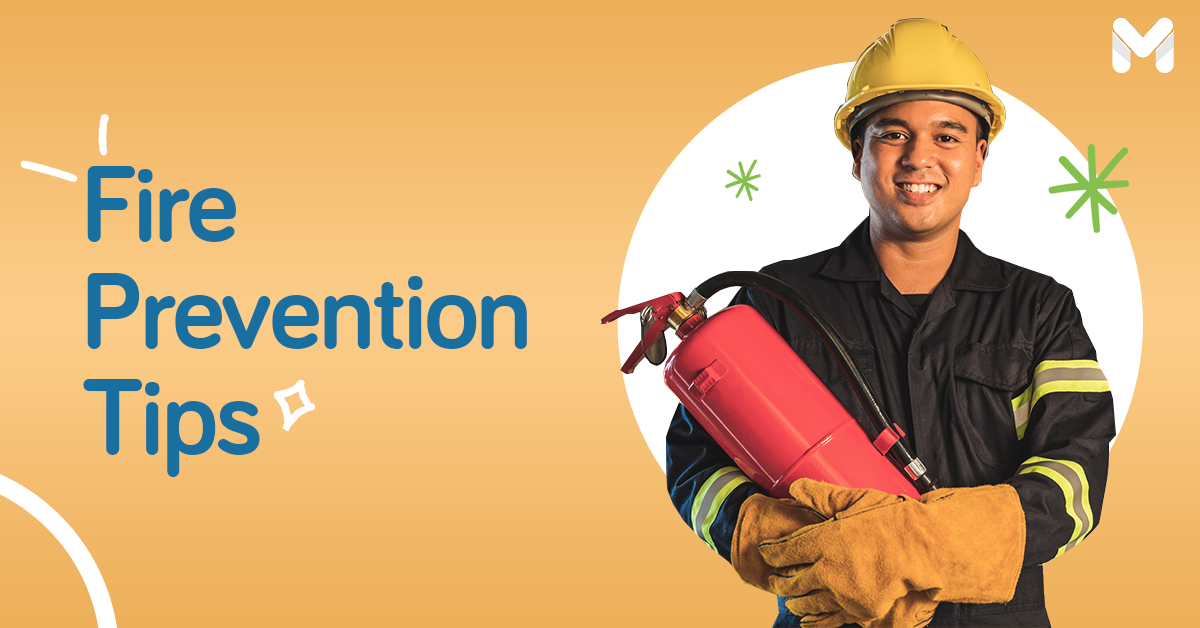Shout out to all the night owls out there who prefer a night drive over the stress of dealing with daytime traffic. Indeed, driving at night has its benefits, whether it's a long drive to the province or just a regular late night road trip. But obviously, it also requires extra effort and precaution to safely reach your destination. Here’s a refresher on how to drive safely at night.
How to Have a Safe Night Drive
1. Check Your Lights Before Going
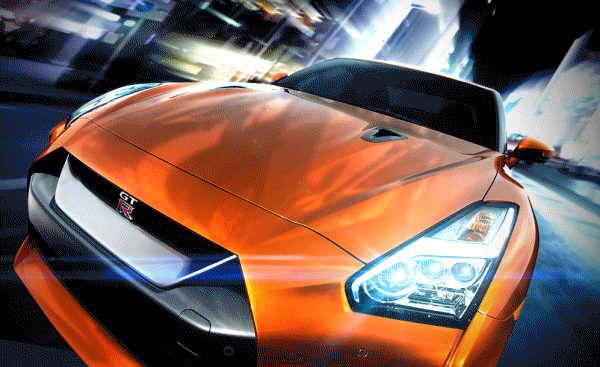
Basically, your headlights will serve as your eyes on the road, so make sure they are all in good working condition before you venture to your night drive. If you need a replacement, do it immediately and spare no expense on high-grade night headlights. Don’t forget to check your brake lights and turn signals too as a way of helping out the drivers behind you.
Read more: BLOWBAGETS: 10 Things to Check Before You Drive
2. Give Your Windshield a Good Clean

Your windshield may appear clean during the day, but street lights during the night may reveal streaks and cause glare that will obstruct your view while driving. Make sure your windshield is spotless, both inside and outside. Remove any dirt and debris to avoid scratching the glass and obstructing your view. A good way to do so is to polish it with a newspaper (1).
3. Do a Quick Car Maintenance Check

And while you’re at it, check every important car part and see if everything is working great. Check under the hood if your fluids are at the right levels, your engine is not overheating, and your battery has enough juice for the night. Check your AC if it’s working and make sure your car tires are well inflated to ensure a comfortable and hassle-free night drive.
Read more: Car Maintenance Checklist to Curb the Summer Heat
4. Prepare a Roadside Emergency Kit

Just in case something does go wrong during the trip, it’s best to have a lifeline with you in the form of a roadside emergency kit. Aside from Here are a few items your emergency kit should have.
- Extra car battery and jumper cables
- Supply of coolant and motor oil
- A small tool kit with pliers, wrenches, multi-tool
- A flashlight and spare batteries
- Night vision glasses
- Protective work gloves
- Extra umbrellas or raincoats
- A basic first aid kit
- Bottled water
Read more: What is Roadside Assistance in Car Insurance?
5. Don’t Drive When It’s Raining Hard

The darkness of the night is obstacle enough, what more are the million droplets of rain that will render you blind on the road? If there’s a typhoon abound, consider postponing your late night drive and reschedule it on another night. If you’re already on the road when the rain started, find the nearest hotel and stay for the night until the rain subsides or the sun rises.
Read more: 7 Flooded Car Problems to Watch Out for This Rainy Season
6. Always Keep Your Distance
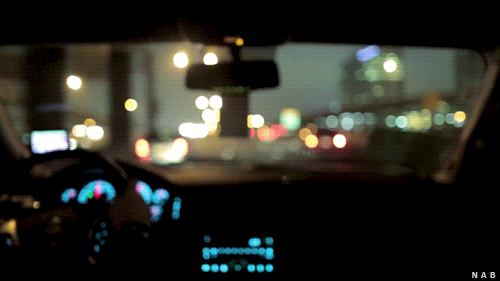
As the back flaps of jeepneys and the back of trucks will constantly remind you, always keep your distance on the road at night. This is to give you a better view of what’s in front of you, allowing you to react accordingly when something happens. This also lessens the pressure of the driver in front of you, allowing all of you to have a peaceful night drive.
Read more: Scary Car Stories to Tell On Halloween
7. Keep Distractions to a Minimum
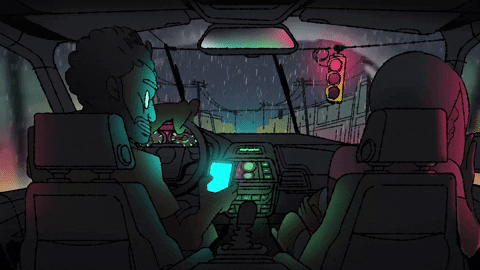
While driving sure is a boring task, it won’t justify putting too many distractions in front of you. Your focus should be reserved to the road, and driving at night will require a lot of that. Instead of playing a YouTube clip on your phone, try listening to music or a podcast. If you’re driving with other people, start a conversation with them instead as a form of bonding.
8. Do Your Best to Stay Awake

Fatigue will always set in, especially during a long night drive. Whatever you need to eat or drink to stay awake, make sure to pack those before your trip. You can also make frequent stops to grab a bite, sip some coffee, or relieve yourself. You should also do a little stretching or quick exercise at every stop. Or it it helps, take a quick nap before driving again.
9. Watch Out For Pedestrians

Thanks to the darkness the nighttime brings, it’ll be harder to spot pedestrians and stray animals that will definitely cross the street, sometimes without any regard. This is why you should double down on your defensive driving. Always remember to slow down (2) and maintain a decent speed so you can spot pedestrians easier and avoid running over someone.
10. Keep Your Eyes in Good Health

What good are these safe driving tips when you’re not taking care of your eyes, your body’s natural headlights? Have your eyes checked if you’re experiencing blurry vision and frequent headaches. It’s probably time for you to wear glasses or contact lenses anyway. Also, avoid looking at bright lights too much during your night drive to avoid ruining your vision in the long run.
Final Thoughts
While defensive driving is also important during the day, it’s even more essential during a late night drive. Brush up on your defensive driving skills every once and a while and couple it up with some car maintenance routine checks. This is to make sure your journey will always go through smoothly at any time of the day.
Protect your investment with the right car insurance coverage. Find the best deals here at Moneymax!
Sources:
- (1) Your Grandparents Were Right About The Best Way To Clean Glass (Monah, 2015)
- (2) 10 Important Reasons You Should Drive Slower
- All GIFs were taken from Giphy.com








